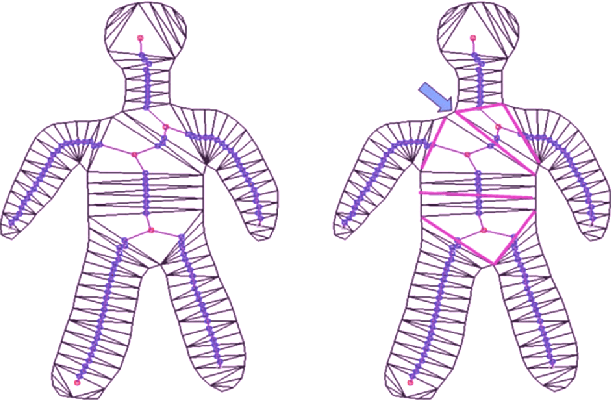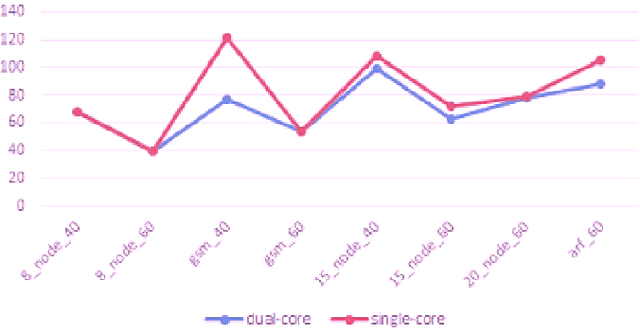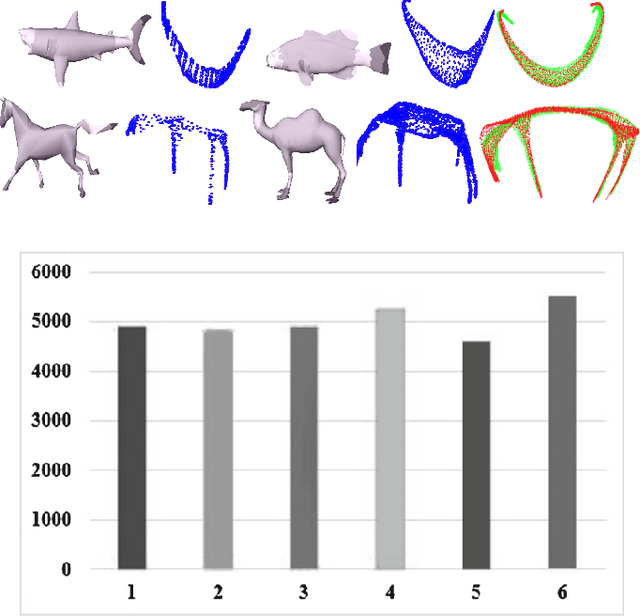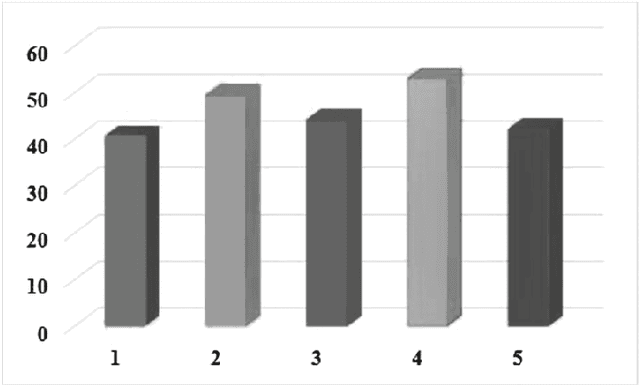Hugo Martin
DiverSe
Learning Software Configuration Spaces: A Systematic Literature Review
Jun 07, 2019



Abstract:Most modern software systems (operating systems like Linux or Android, Web browsers like Firefox or Chrome, video encoders like ffmpeg, x264 or VLC, mobile and cloud applications, etc.) are highly-configurable. Hundreds of configuration options, features, or plugins can be combined, each potentially with distinct functionality and effects on execution time, security, energy consumption, etc. Due to the combinatorial explosion and the cost of executing software, it is quickly impossible to exhaustively explore the whole configuration space. Hence, numerous works have investigated the idea of learning it from a small sample of configurations' measurements. The pattern "sampling, measuring, learning" has emerged in the literature, with several practical interests for both software developers and end-users of configurable systems. In this survey, we report on the different application objectives (e.g., performance prediction, configuration optimization, constraint mining), use-cases, targeted software systems and application domains. We review the various strategies employed to gather a representative and cost-effective sample. We describe automated software techniques used to measure functional and non-functional properties of configurations. We classify machine learning algorithms and how they relate to the pursued application. Finally, we also describe how researchers evaluate the quality of the learning process. The findings from this systematic review show that the potential application objective is important; there are a vast number of case studies reported in the literature from the basis of several domains and software systems. Yet, the huge variant space of configurable systems is still challenging and calls to further investigate the synergies between artificial intelligence and software engineering.
Large Angle based Skeleton Extraction for 3D Animation
Aug 17, 2016



Abstract:In this paper, we present a solution for arbitrary 3D character deformation by investigating rotation angle of decomposition and preserving the mesh topology structure. In computer graphics, skeleton extraction and skeleton-driven animation is an active areas and gains increasing interests from researchers. The accuracy is critical for realistic animation and related applications. There have been extensive studies on skeleton based 3D deformation. However for the scenarios of large angle rotation of different body parts, it has been relatively less addressed by the state-of-the-art, which often yield unsatisfactory results. Besides 3D animation problems, we also notice for many 3D skeleton detection or tracking applications from a video or depth streams, large angle rotation is also a critical factor in the regression accuracy and robustness. We introduced a distortion metric function to quantify the surface curviness before and after deformation, which is a major clue for large angle rotation detection. The intensive experimental results show that our method is suitable for 3D modeling, animation, skeleton based tracking applications.
Adaptive Visualisation System for Construction Building Information Models Using Saliency
Mar 07, 2016



Abstract:Building Information Modeling (BIM) is a recent construction process based on a 3D model, containing every component related to the building achievement. Architects, structure engineers, method engineers, and others participant to the building process work on this model through the design-to-construction cycle. The high complexity and the large amount of information included in these models raise several issues, delaying its wide adoption in the industrial world. One of the most important is the visualization: professionals have difficulties to find out the relevant information for their job. Actual solutions suffer from two limitations: the BIM models information are processed manually and insignificant information are simply hidden, leading to inconsistencies in the building model. This paper describes a system relying on an ontological representation of the building information to label automatically the building elements. Depending on the user's department, the visualization is modified according to these labels by automatically adjusting the colors and image properties based on a saliency model. The proposed saliency model incorporates several adaptations to fit the specificities of architectural images.
 Add to Chrome
Add to Chrome Add to Firefox
Add to Firefox Add to Edge
Add to Edge